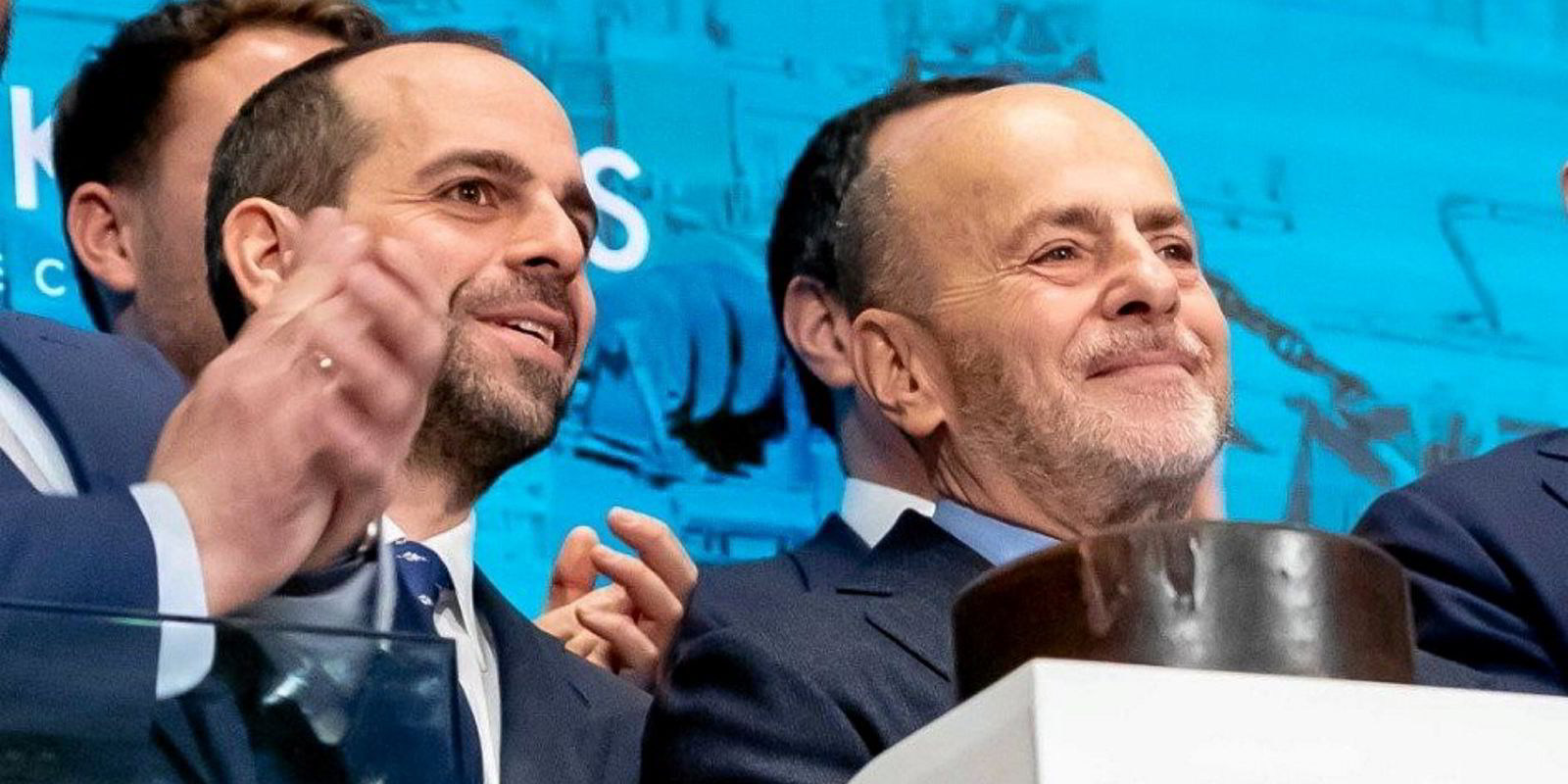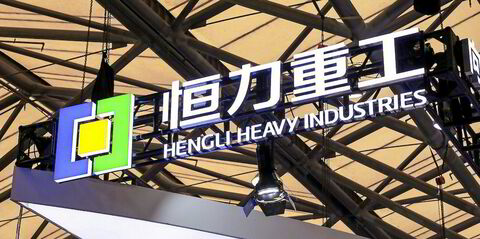New York and Oslo-listed Okeanis Eco Tankers has unveiled higher rates for the second quarter in a market characterised by “staggering” fundamentals.
The Alafouzos family-controlled owner said VLCC time charter equivalent rates averaged $68,800 per day in the first three months. The figure was $56,700 for suezmaxes.
Daily vessel operating expenses were $9,208.
So far in the second quarter, 82% of the available VLCC spot days have been booked at an average TCE rate of $75,900 per day, and 57% of suezmax capacity has been booked at $60,800 per day.
Net profit dropped to $41.6m against $51.6m a year ago, as voyage expenses rose.
The Athens-based owner’s revenue dipped to $111m from $112.6m in 2023.
It is paying a dividend of $1.10 per share. Liquidity stood at $109m as of 31 March.
Okeanis said refinancings in 2023 and in the first three months of this year involving nine tankers have shaved 1% off their interest costs.
The company noted “very positive momentum as we continue to negotiate the refinancing” of the 157,500-dwt Poliegos (built 2017) in the next couple of months.
As for the market, “supply fundamentals are staggering”, it added.
Low newbuilding levels are supplemented by a continuing ageing fleet and a need for replacement across all segments, “through a transformative shift in the shipyard landscape”.
Long voyages
The shipowner pivoted its strategy to repositioning VLCCs in Asia during the first quarter, locking in multiple “very strong, long fixtures”.
Suezmaxes kept a significant presence in the West to maximise profitability.
Higher earnings on backhaul journeys were attributed to rerouting via the Cape of Good Hope.
The company took advantage of new trade routes created by the disruption in the Red Sea, including VLCC loadings in the Mediterranean for Asian discharges.
The aim in the second quarter is to execute front-haul voyages from West to East, to position the vessels for their required upcoming dry-dockings, Okeanis said.
The 300,300-dwt VLCC Nissos Nikouria (built 2022) was fixed from the US Gulf to Rotterdam, and then a cargo was found from the UK to head to Asia.
This minimises ballast and maximises the laden leg to ensure above-market returns.
“We remain hesitant to send suezmaxes East due to the challenge of repositioning them back West. This comes as a result of the absence of cargoes being quoted out of the Middle East Gulf due to increased trading costs when freighting via Cape of Good Hope,” Okeanis said.
“Due to the lack of indications regarding any slowdown in the Red Sea transit situation, we maintain optimism that the momentum will continue into a robust Q3.”





